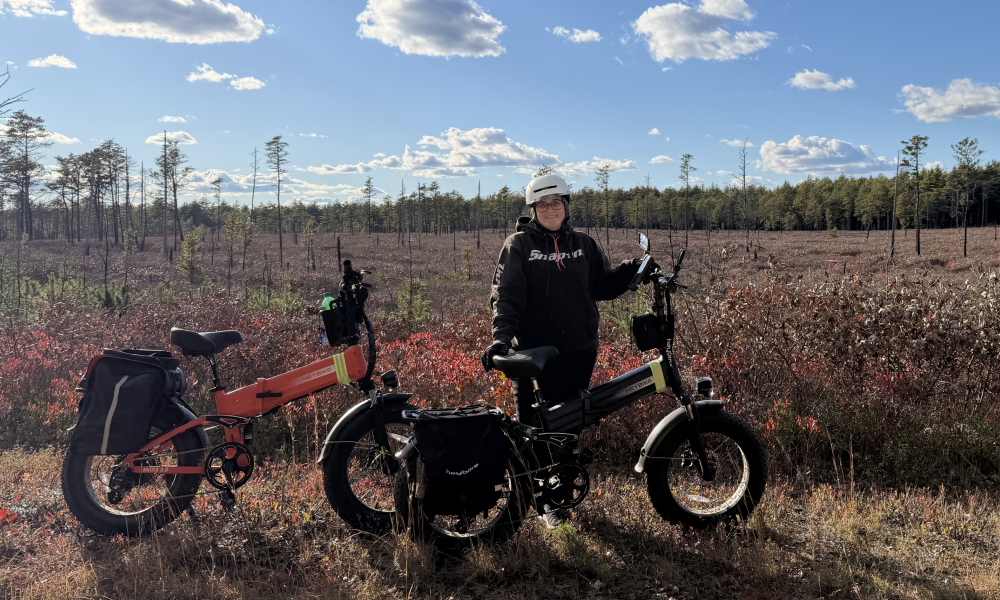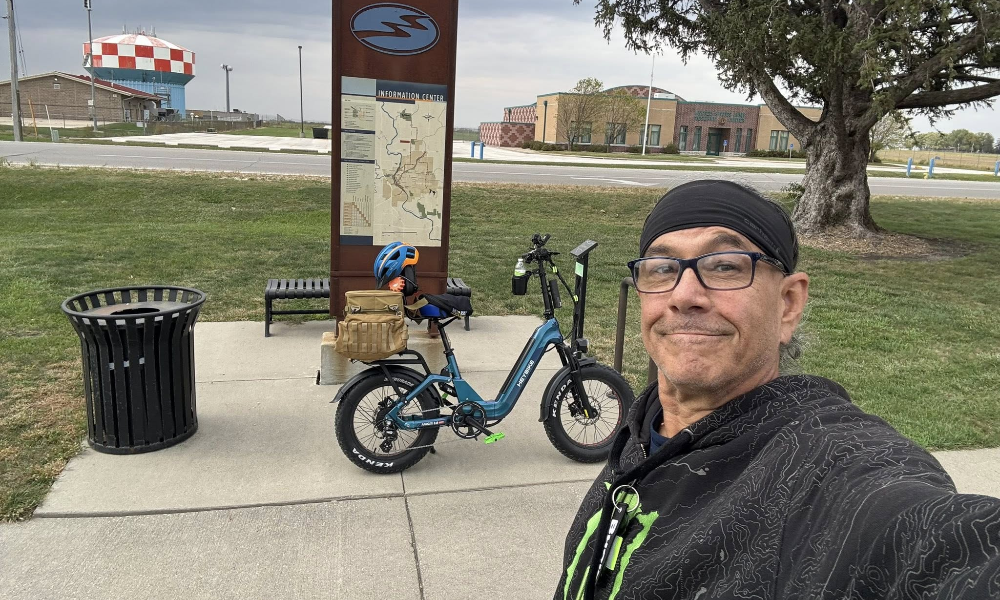When choosing an e-bike, you will have to decide between a hardtail bike and a softtail ebike; each of these bikes comes with its pros and cons, and knowing how they vary can help you make an informed decision on the best bike for your riding experience. So, in this post, we will walk you through everything you need to know about these two bikes to help you make an informed decision.

What is a Hardtail eBike?
The difference between a hardtail and a softtail ebike lies in the design of their rare suspension system. Hardtail ebikes are bikes with no rear suspension system integrated into their frame; hence, they have a rigid rare frame. At first, this may sound like a disadvantage; however, the design of the rear of a hardtail bike comes with its pros and cons which we will explore in the next section.
Pros of A Hardtail Ebike
Even though a hardtail bike might sound like a bummer to a lot of newbies, it does have its advantages, some of which include:
1.Efficiency and Energy Consumption
Generally, a hardtail electric bike tends to last longer than softtail ebikes. This is because hardtail ebikes are efficient at transferring energy from the motor directly to the wheel. Due to the absence of a suspension system, the power coming from the motor goes directly to the wheels; this ensures that the wheels get the maximum power they need to perform efficiently and also, energy consumption is less, since the motor only supplied power to the wheel, as opposed to supplying power to both the wheel and suspensions.
2.Versatility
Another advantage hardtail bikes offer is their versatility. Again, these bikes do not have suspension systems; hence, they tend to be lighter in weight and consume less power; this makes them ideal for a wide variety of biking styles and terrain conditions. First of all, due to the lower power consumption and high power utilization efficiency, you can use a hard bike for all back-packing, long-distance or cross-country commutes.
Also, due to the absence of a shock absorption system, they can handle rocky, smooth, and rough terrains. Another reason why these bikes are versatile is that they are easy to ride; they are stable hence, beginners can easily ride them, making them ideal for riders who want an all-in-one bike.
3.Speed
Finally, due to the absence of a rear suspension system, these bikes tend to be lighter than softtail. This lightweightness makes them faster than Softail bikes.
Also, as stated earlier, due to the absence of the suspension system, the power from the battery and motor directly reaches the wheels faster and more efficiently, making them generally faster than softtail bikes.
Finally, hardtail bikes have direct contact with the terrain the biker rides on, as such, they tend to be quite responsive, making it easy and quick for the rider to adjust the riding position without any hassle, which makes them faster as well.
Hardtail vs Softtail Bike? How Do They Compare?
1.Terrain
The terrain you want to explore most often can be an influencing factor when choosing between these two bikes. Generally, a hardtail electric bike is designed to handle more smooth and paved terrains. Even though they can handle rough terrains, the downside is that you might feel the impact of the bumpiness of these terrains when using a hardtail bike. This is because as stated earlier, hardtail bikes have direct contact with the terrain, as such, they are responsive and easy to maneuver; however, you will feel the impact of any bumpiness that comes along.
Softtail bikes are designed to handle very rough or very technical terrains, and this is because of their rear shock absorbers which allow the bike to absorb any impact, ensuring that the rider has a more comfortable riding experience in such conditions.
2.Cost
Well, if you have a budget in mind, then you might want to consider the cost of the two. Due to the relatively simple design of hardtail bikes, they tend to be cheaper than softtail cheap bikes. The suspension system of a softtail e-bike is the factor that tends to make them relatively expensive.
3.Ease Of Use
Generally, both bikes aren't difficult to use. If you can pedal a bike, then you can pedal any of them. However, in terms of riding experience, hardtail bikes tend to be more stable. Another way to look at it in terms of ease of use is that hardtail bikes are easy to maintain. They require minimal effort thanks to their simple design; you can easily service the bike yourself if you have the technical know-how. Softtail bikes, on the other hand, can be quite difficult to maintain; this is because servicing the bike, especially the rear suspensions, will require frequent maintenance checks for optimal performance.
So, Which Is Good For You?
The decision between a Softail and a hardtail bike all boils down to what you need as a biker. Below is a summarized list to help you make a more informed decision:
- Terrain: If you will be riding on super rough terrains, get a softtail bike. A hardtail can perform great and can handle other types of terrains pretty good well, but isn't ideal for very rough terrains such as mountain biking trails with steep inclines.
- Distance: If you are looking for a bike that can power you through long-distance commutes, then we recommend you get a hardtail bike.
- Comfort: If you want a more comfortable sitting experience, then a softtail bike is relatively better.
- Budget: If you are on a tight budget, then getting a hardtail bike will do the magic.
- Maintenance: If you do not have the time to frequently perform maintenance checks on your bike, then a hardtail bike should help.
- Speed: If you want a bike that is fast, lightweight, and easy to maneuver, then getting a hardtail bike should work.
We hope with these tips, you should be able to make a decision as to the type of bike that suits your riding preference.



Share:
Everything You Need to Know about Off-Road Ebikes
Heybike's Journey Continues - Two Years and Beyond